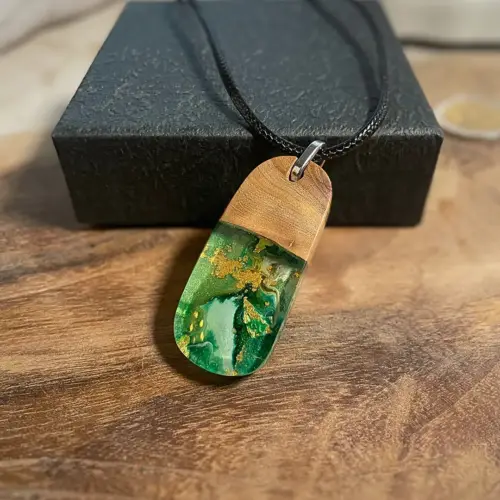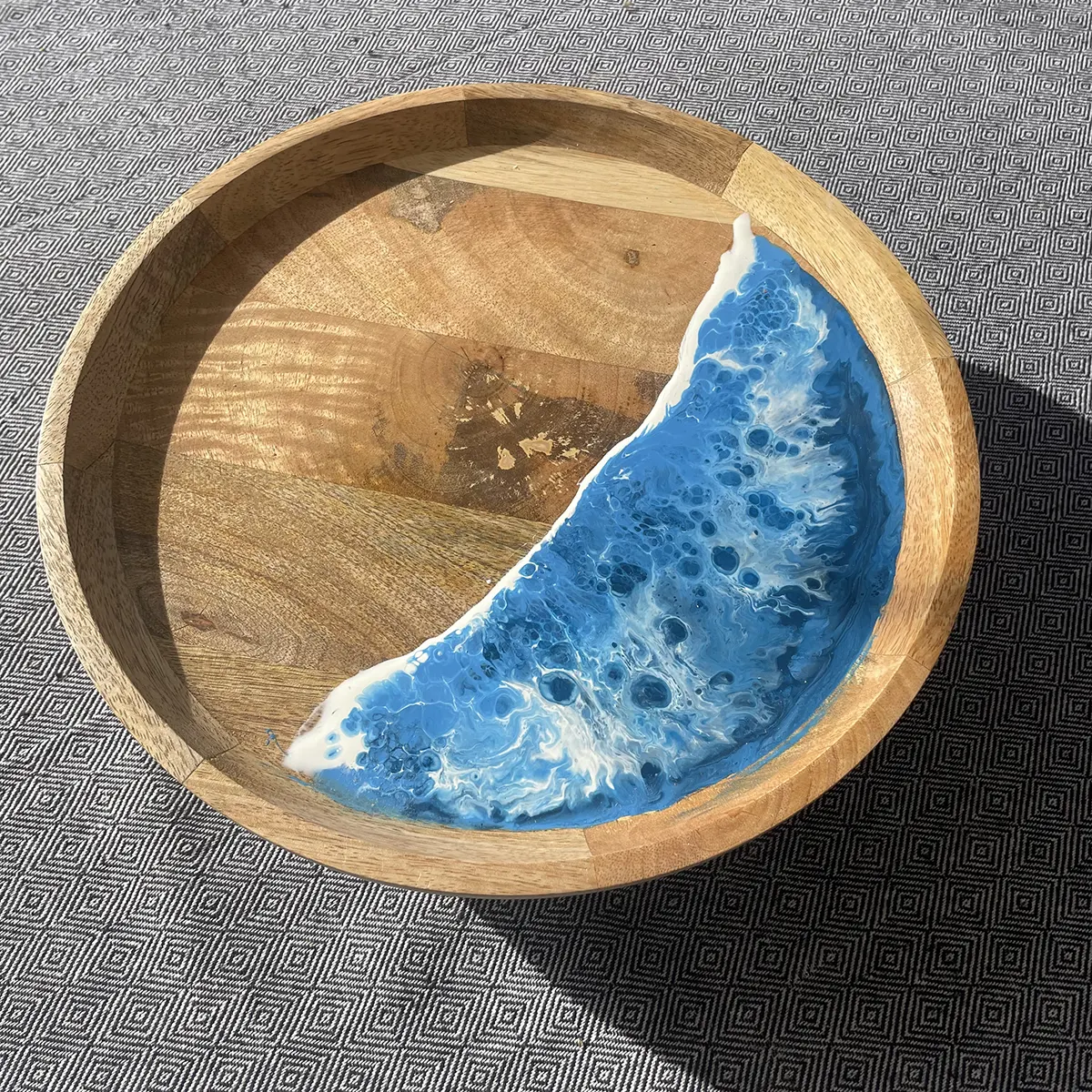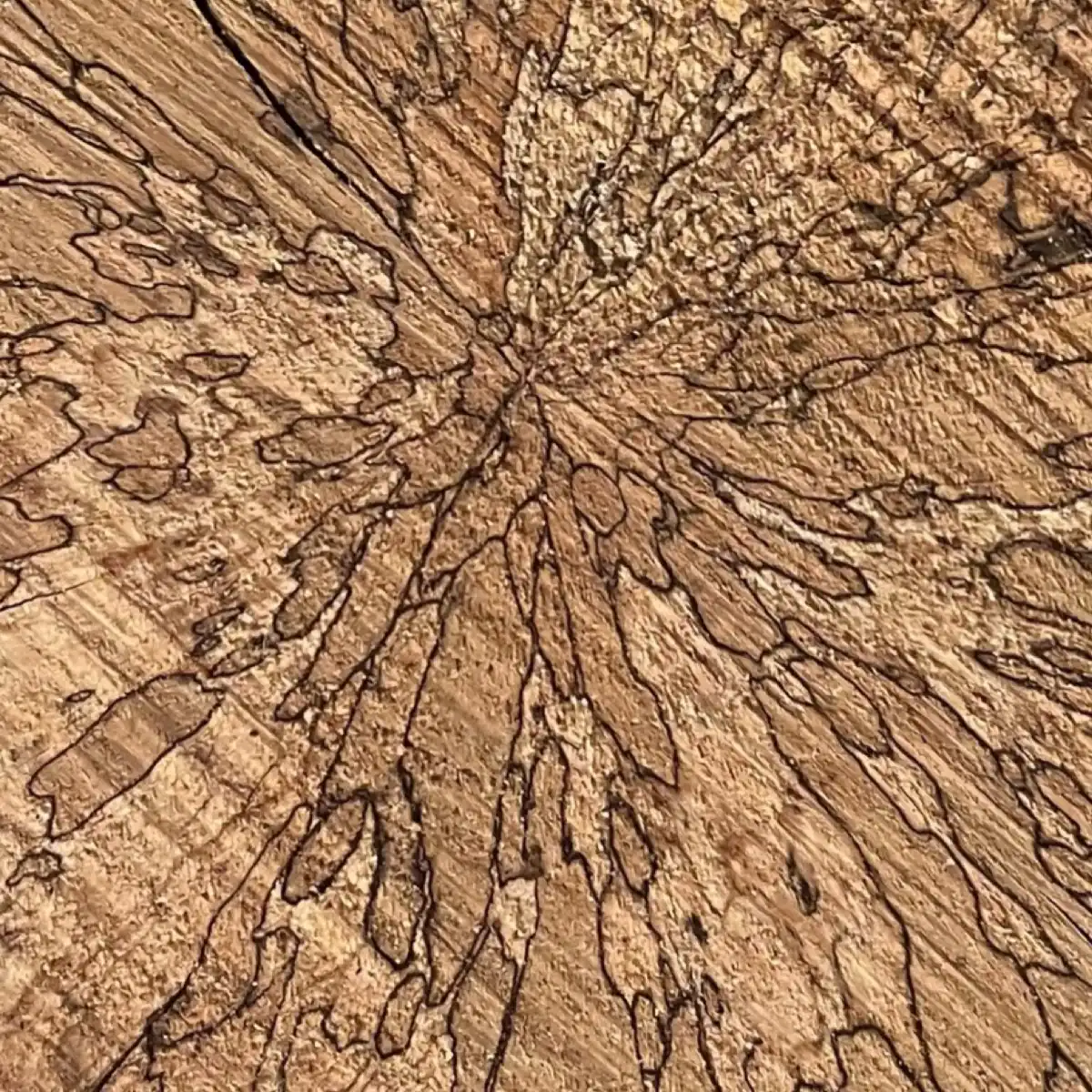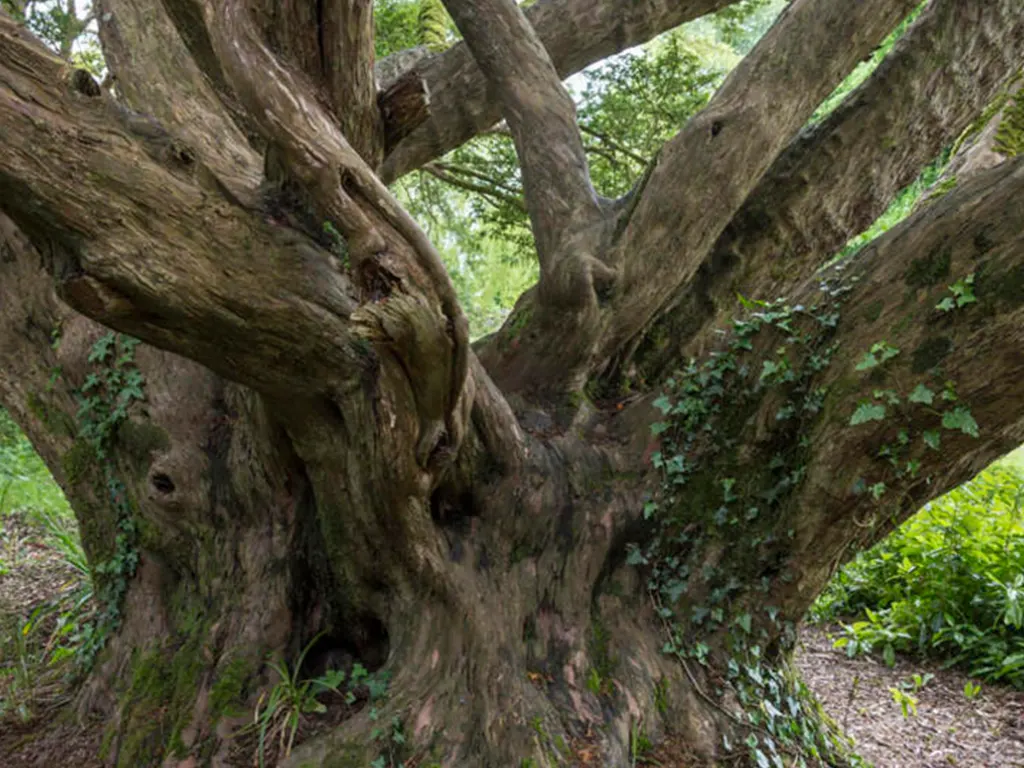Origins: Bog-Oak is a rare and unique type of timber with a fascinating history. It is essentially oak wood that has spent centuries or even millennia submerged in waterlogged bogs, marshes, or swamps. The water and peat in these environments preserve the wood by preventing decay and decomposition. Over time, the wood undergoes significant changes, turning from its original creamy white or light brown color to a deep, rich black or dark brown, acquiring a distinct appearance and character.
Usage: Bog-Oak has been valued for its exceptional qualities, making it a sought-after material throughout history. Its uses span various domains:
-
Craftsmanship: It is often used in fine woodworking and artisanal craftsmanship. Its dark color and unique texture make it highly prized for creating intricately carved sculptures, jewelry, and high-end furniture.
-
Archaeology: In archaeological research, the wood has been a valuable find in the study of ancient civilizations. It offers insights into ancient woodworking techniques and can provide remarkably well-preserved artifacts.
-
Musical Instruments: Some luthiers use it to craft parts of musical instruments, such as fingerboards for violins or guitar headstocks, as it’s known for its resonance and durability.
-
Cultural Artifacts: Throughout history, Bog-Oak has been used to craft religious artifacts, ornaments, and ceremonial objects due to its rarity and symbolic significance.
Historical Aspects: Bog-Oak’s history is intertwined with the history of the regions where it is found, primarily Northern Europe, including Ireland, the British Isles, and parts of Scandinavia. Ancient people often used it for various purposes, including building materials, tools, and religious artifacts. In Ireland, for example, bog oak has been found in ancient crannogs (prehistoric dwellings) and burial sites, indicating its historical significance.
Mythical Aspects: In some cultures, the wood holds mythological or symbolic significance:
-
Celtic Mythology: In Celtic mythology, bogs and marshes were often considered mystical and liminal spaces, where the boundaries between the physical and spiritual worlds blurred. Bog-Oak, being a product of these environments, was sometimes seen as a conduit to the Otherworld, a place of magic and mystery in Celtic beliefs.
-
Norse Mythology: In the Viking Age, bogs were often used as sacrificial sites, where valuable offerings, including wooden objects, were deposited as offerings to the gods. This practice connects Bog-Oak to the religious and mythological beliefs of the Norse people.
In summary, Bog-Oak is a unique type of wood with origins in waterlogged environments, primarily found in Northern Europe. Its historical use spans craftsmanship, archaeology, and cultural artifacts. Additionally, it has mythological significance in various cultures, often associated with mystical and spiritual aspects of the natural world. Today, bog oak remains a highly prized material for its aesthetic and historical value.












